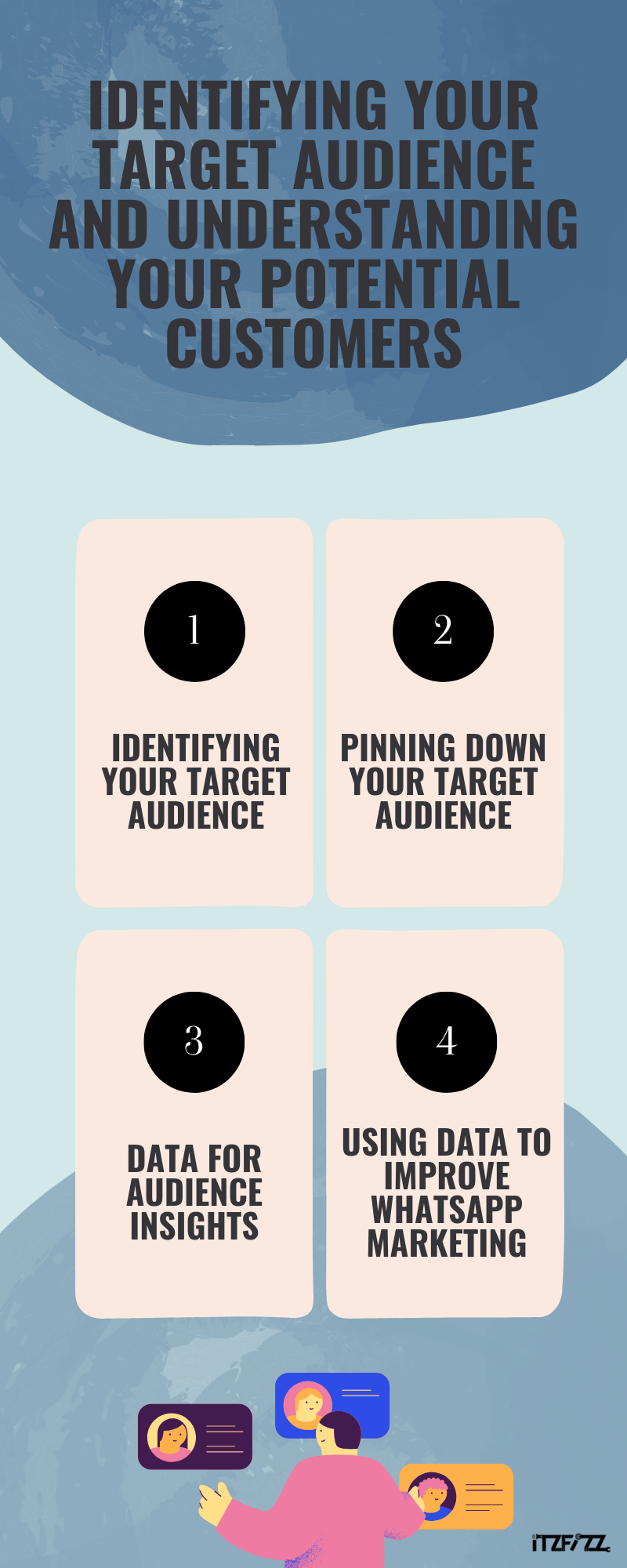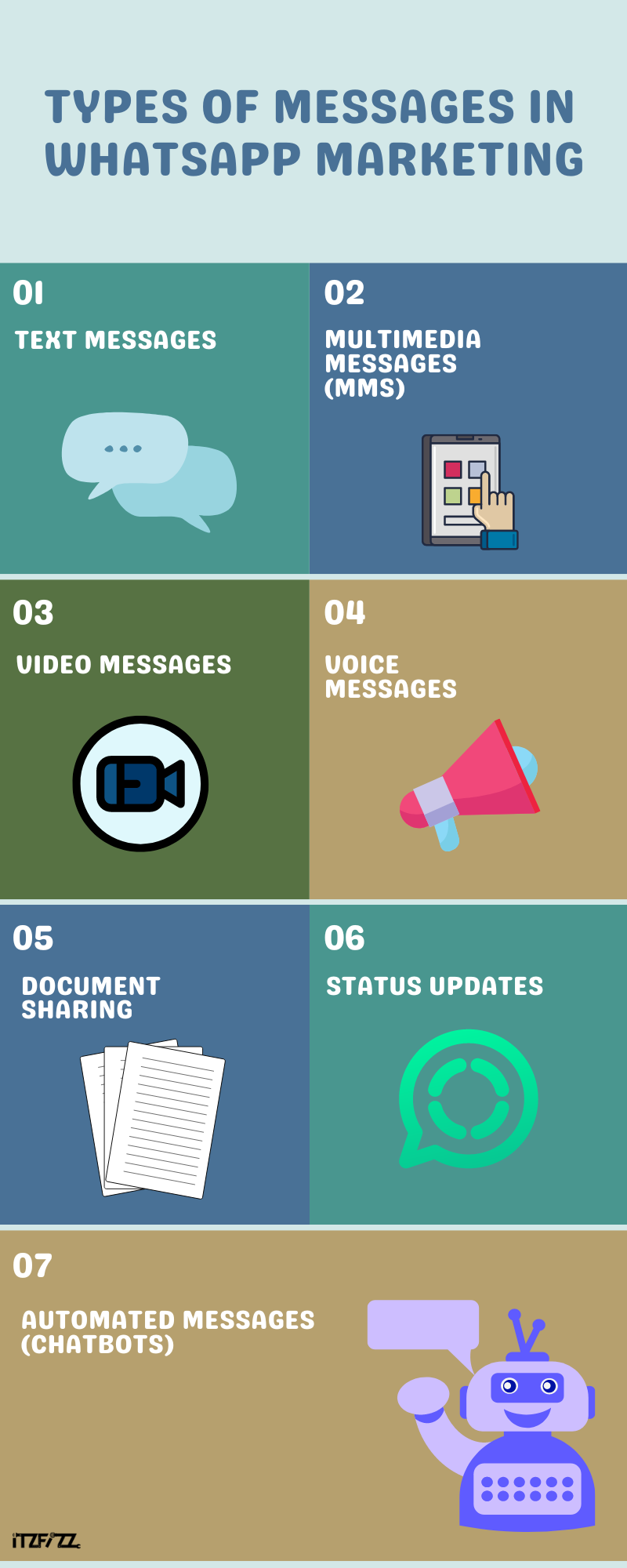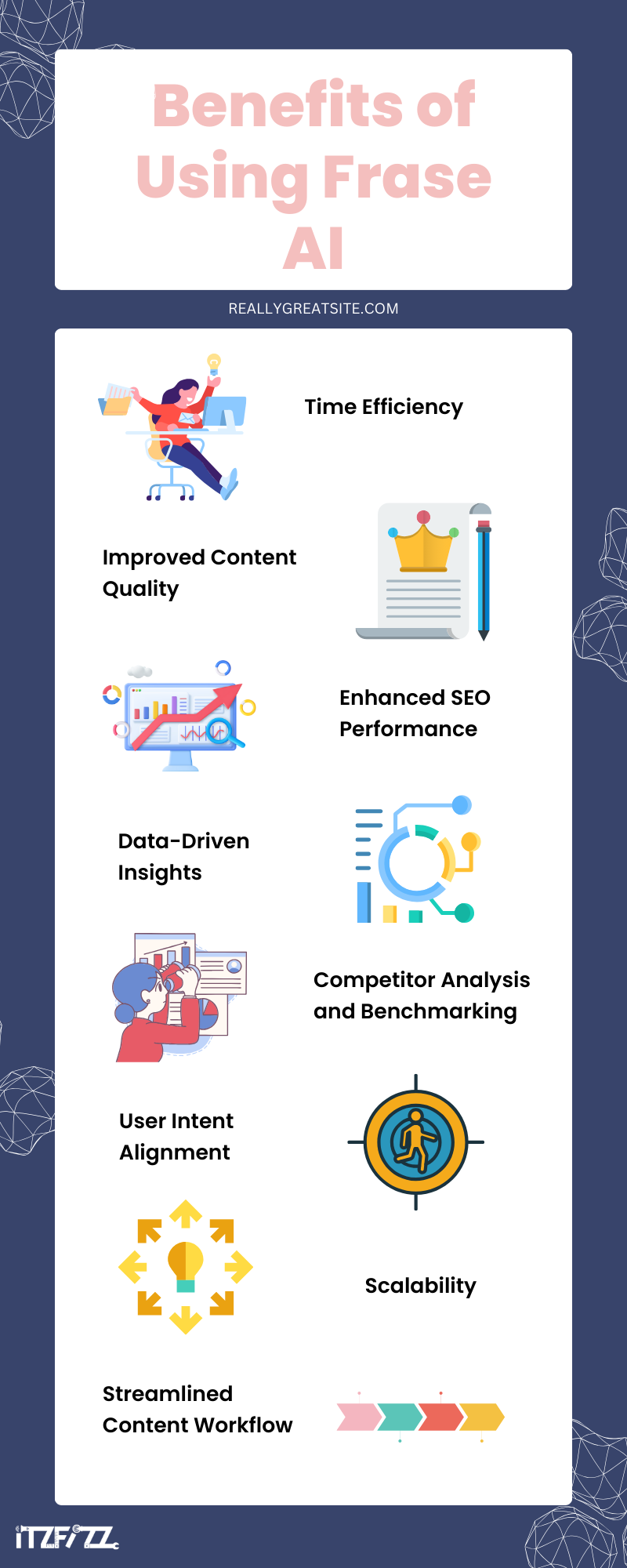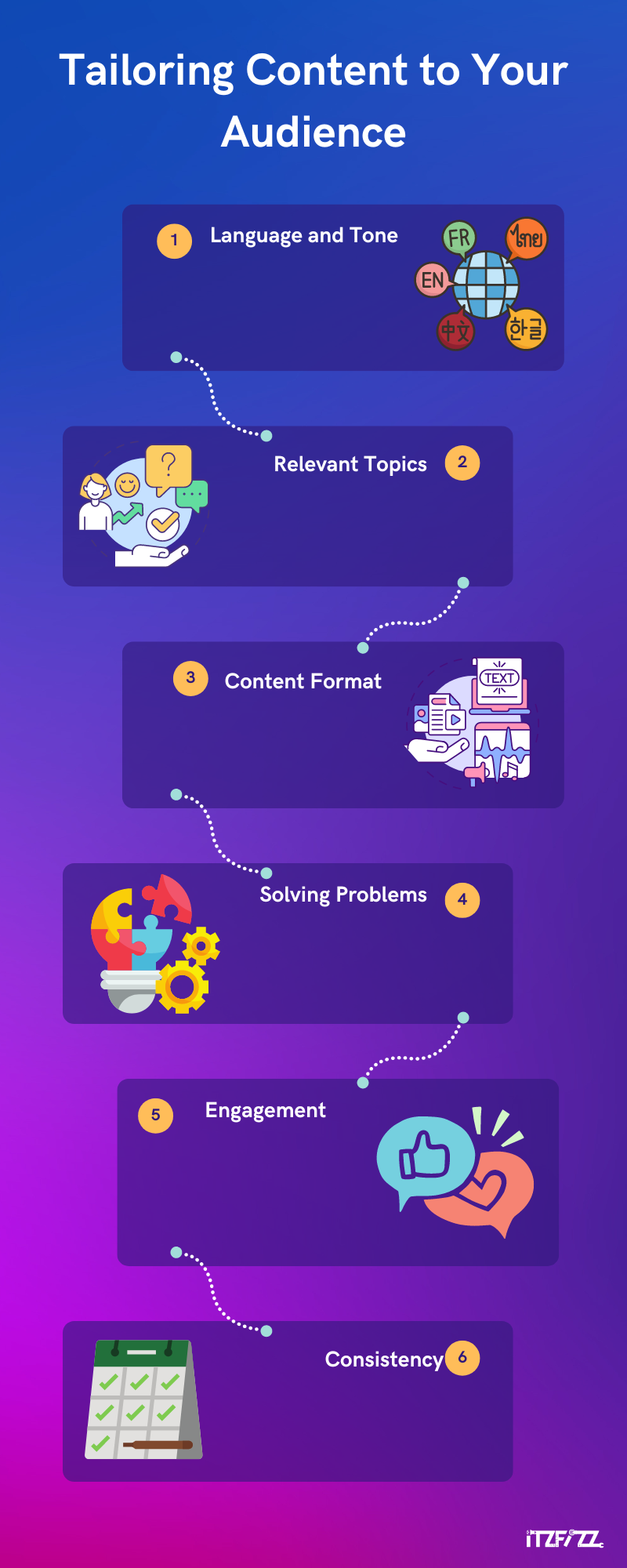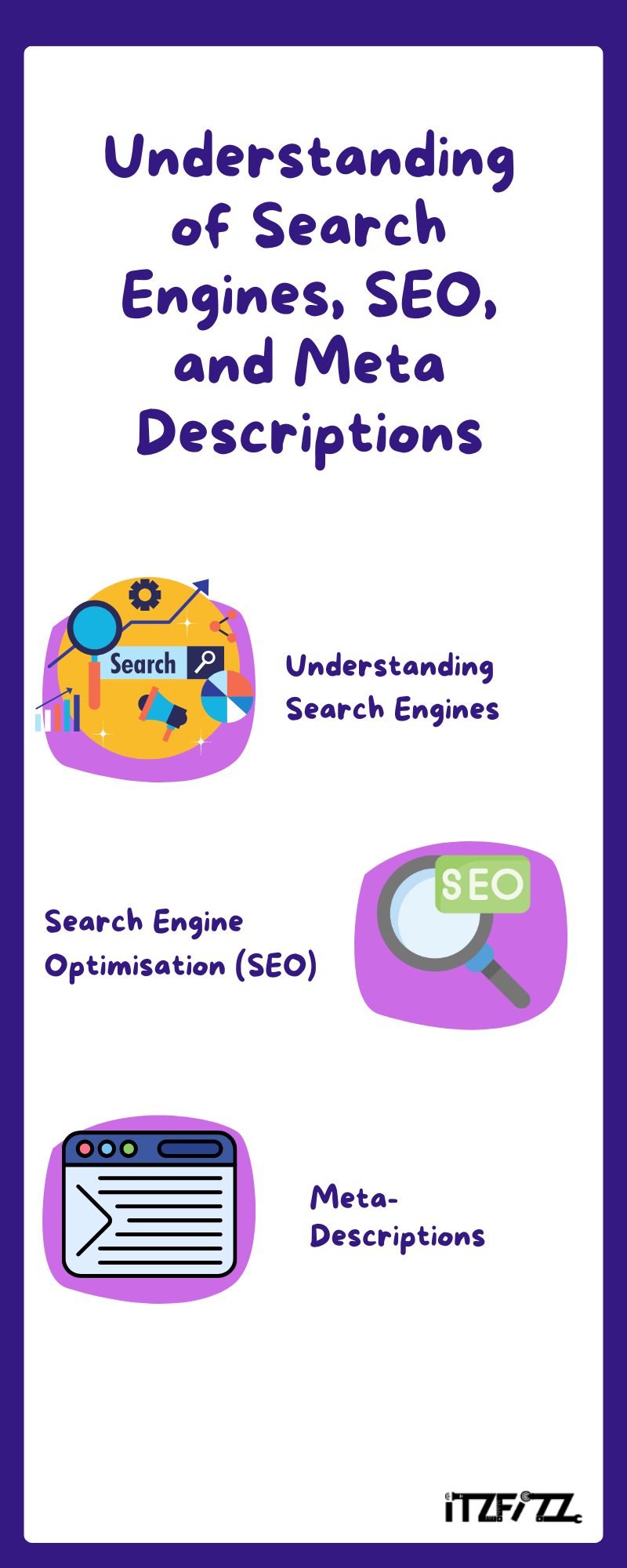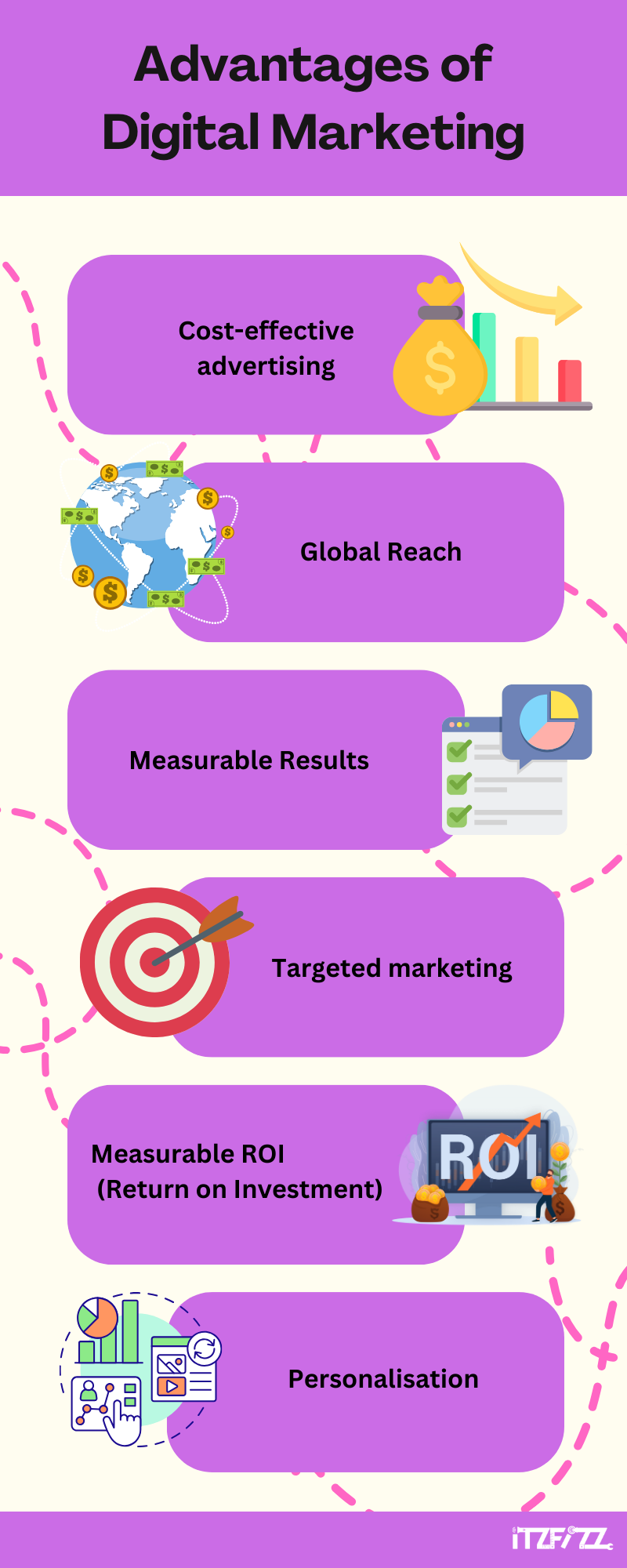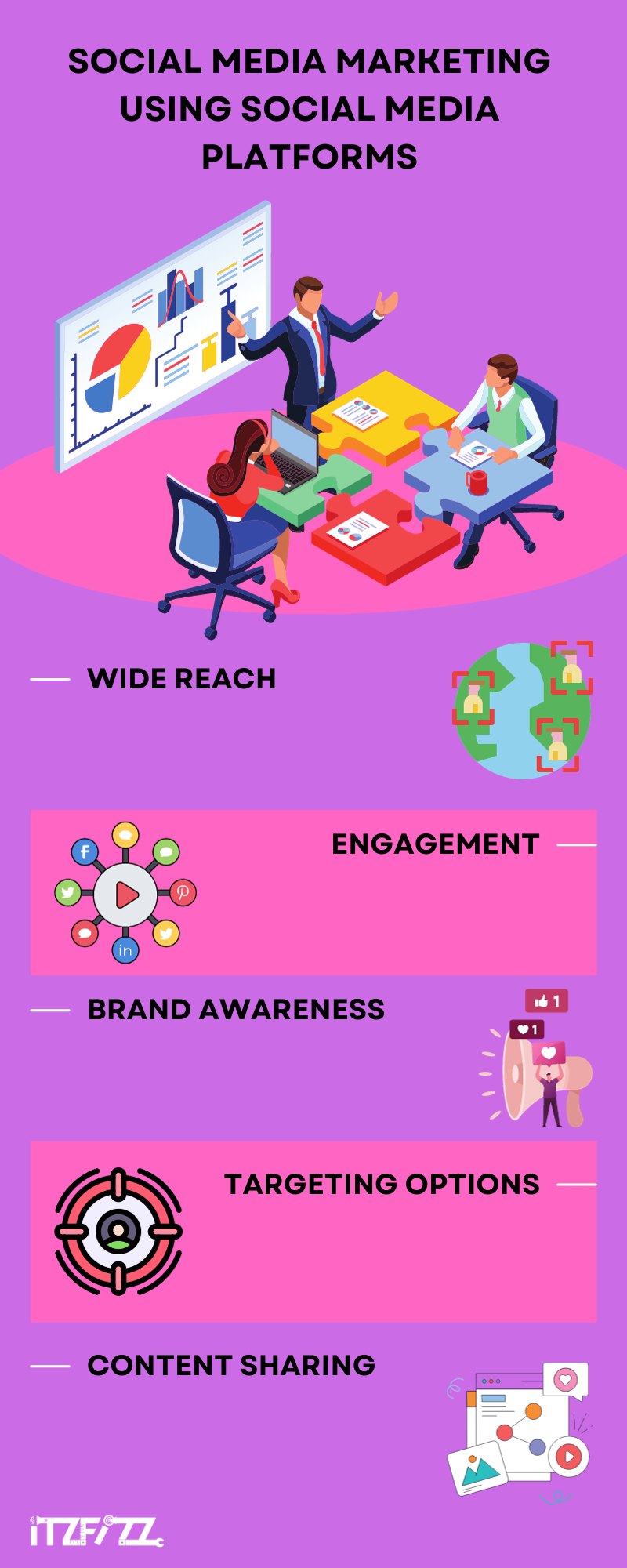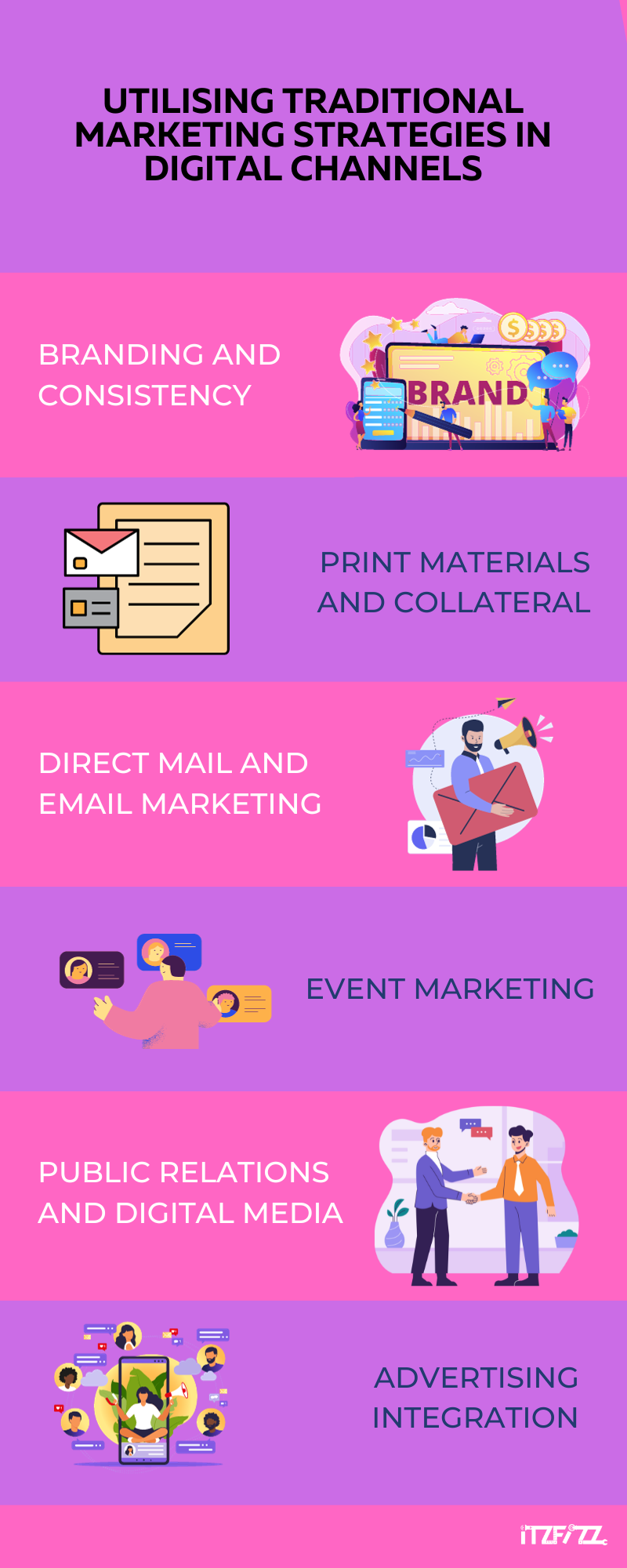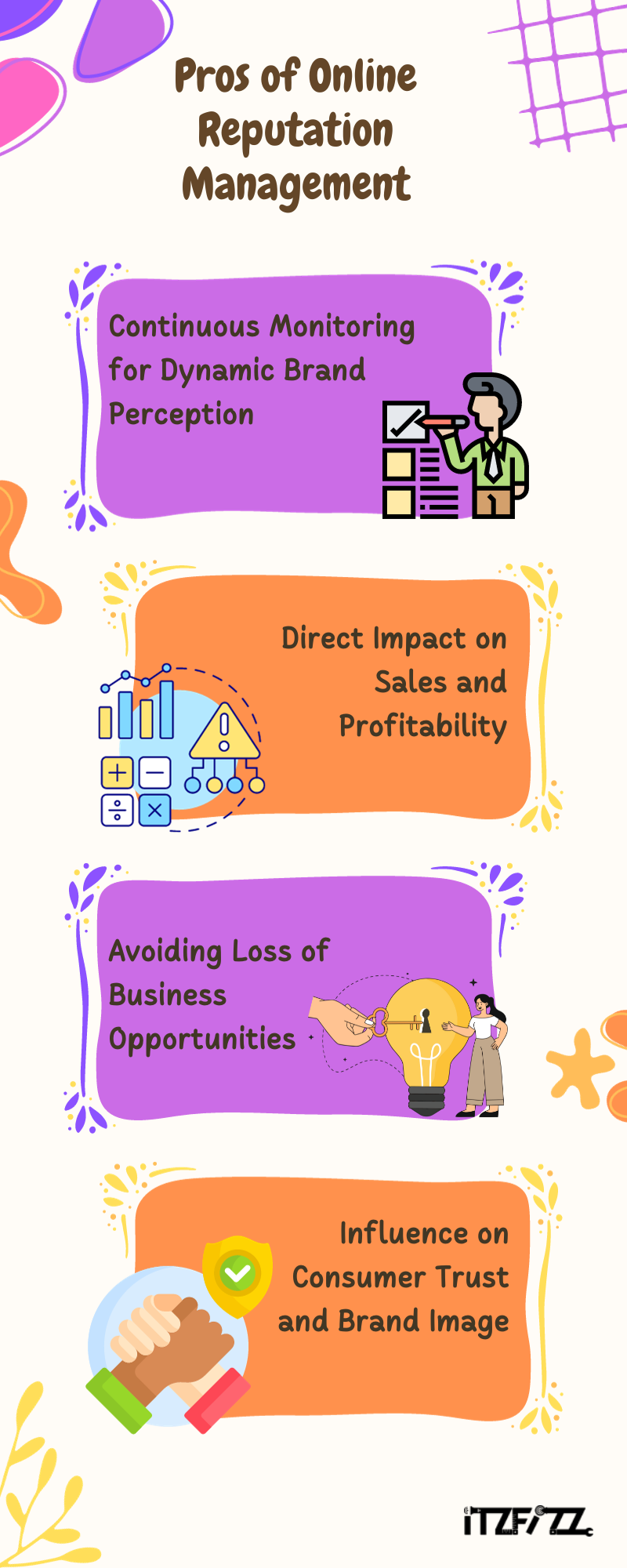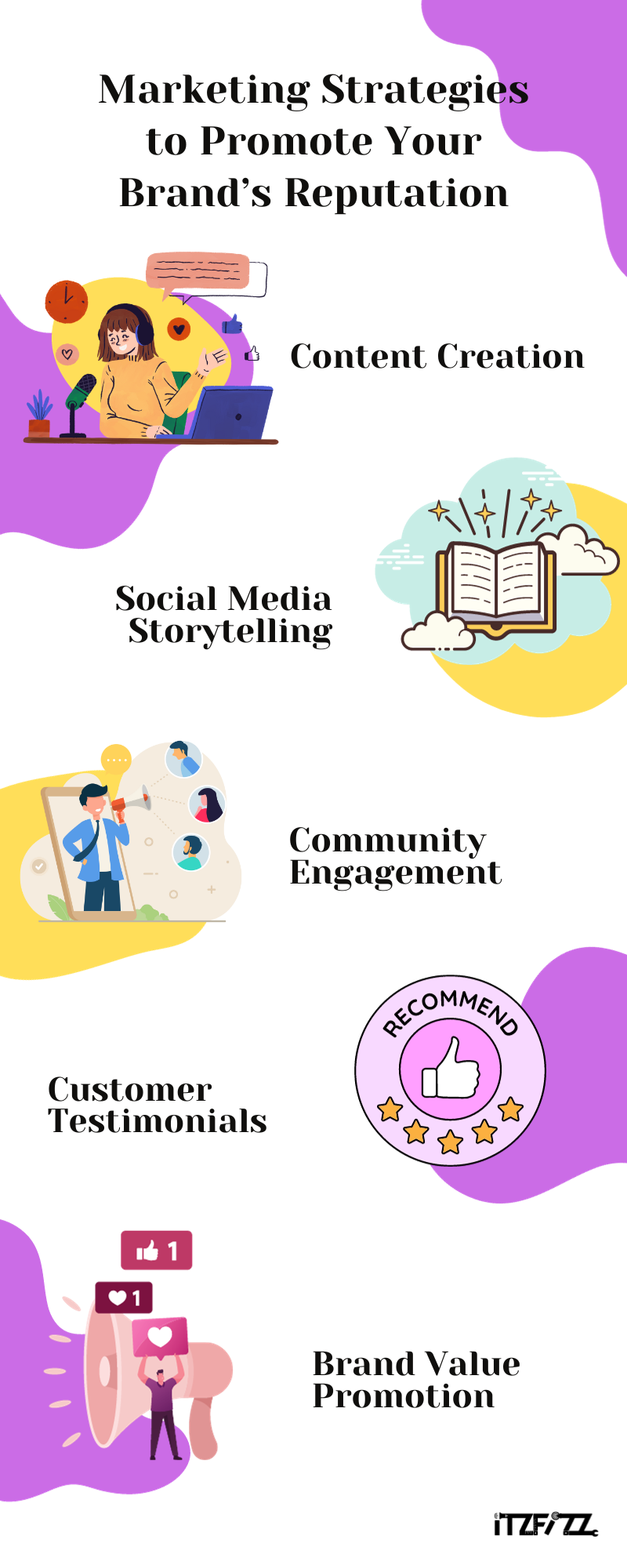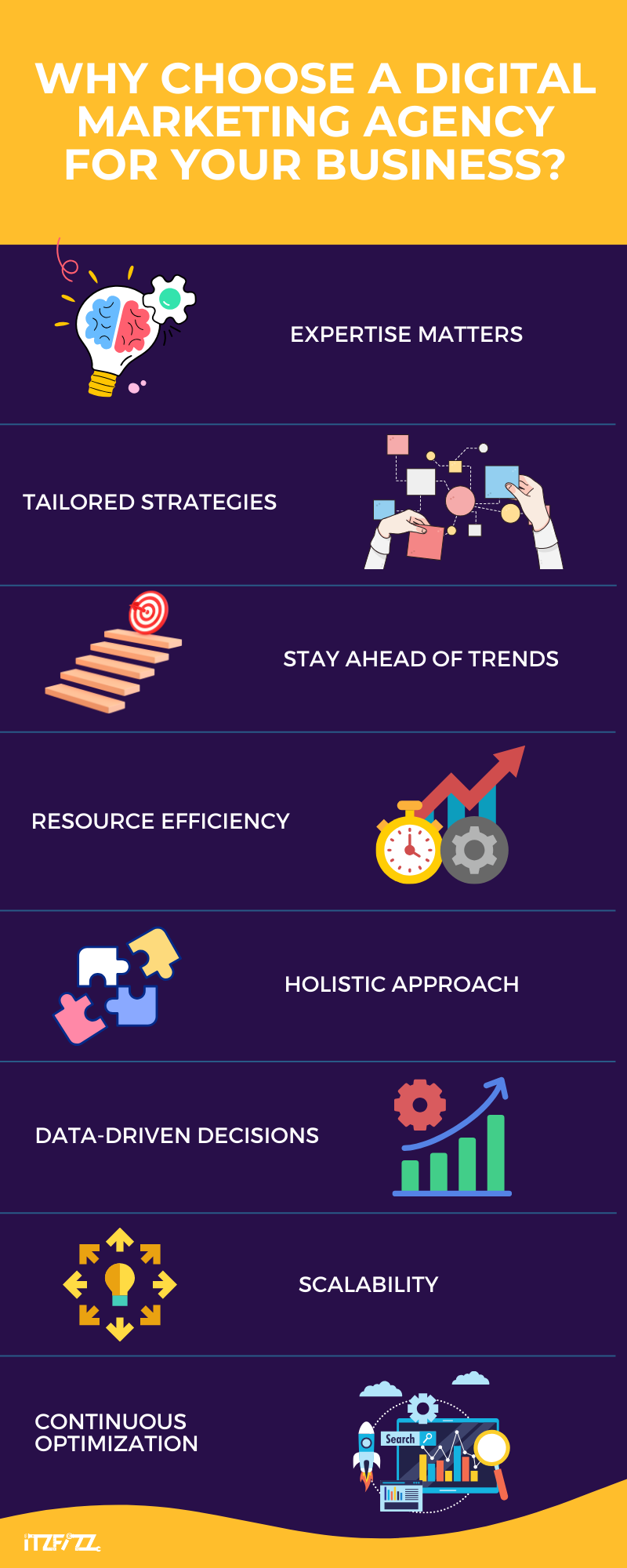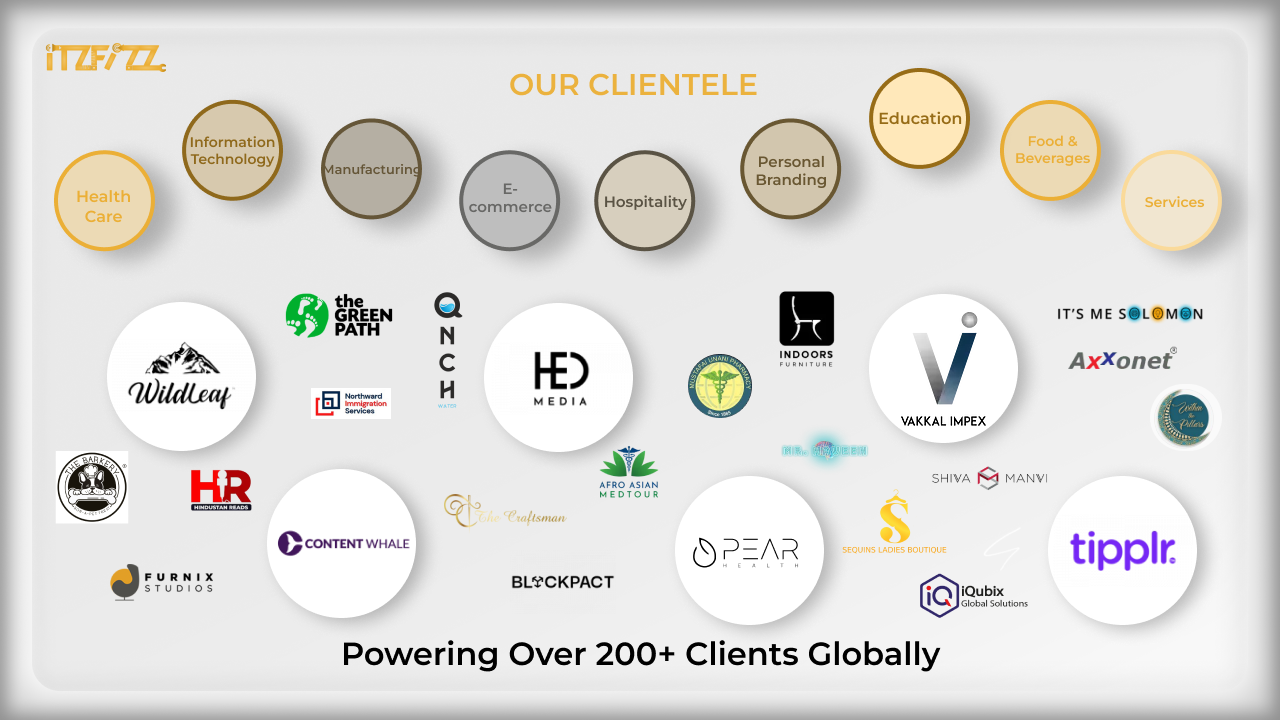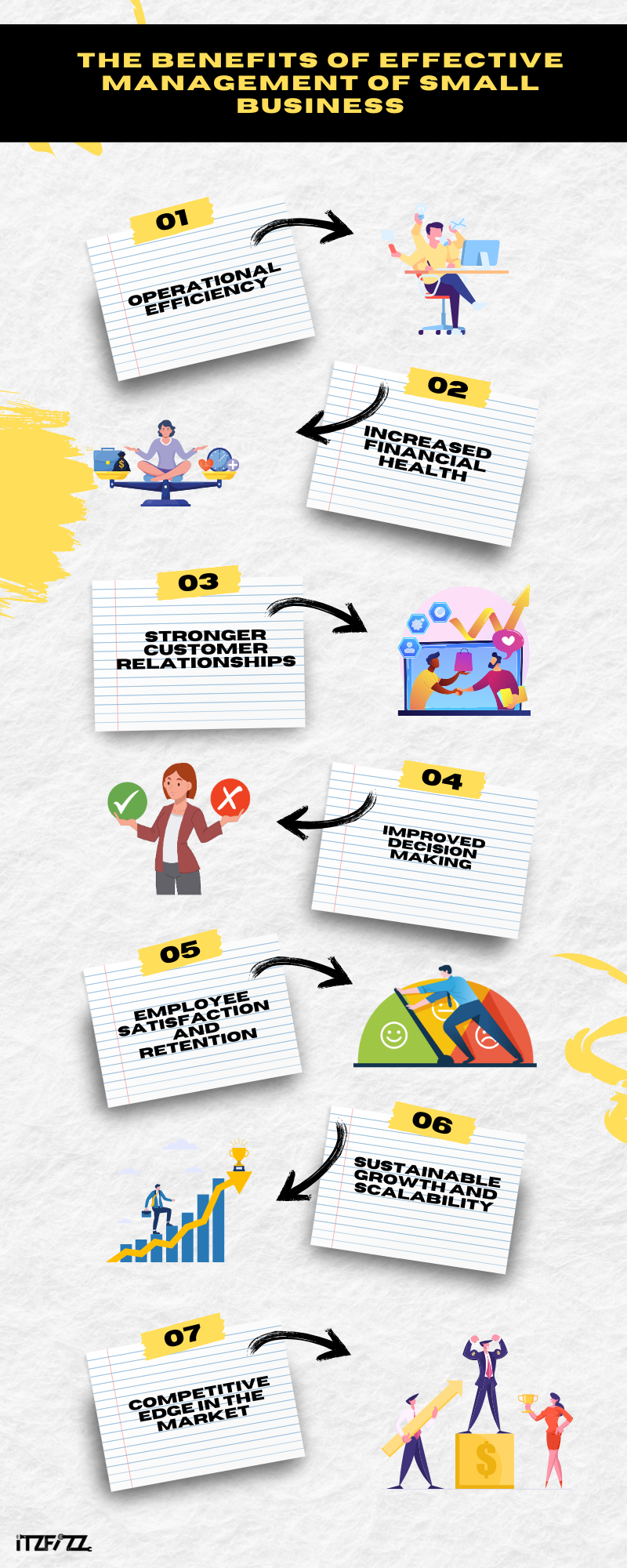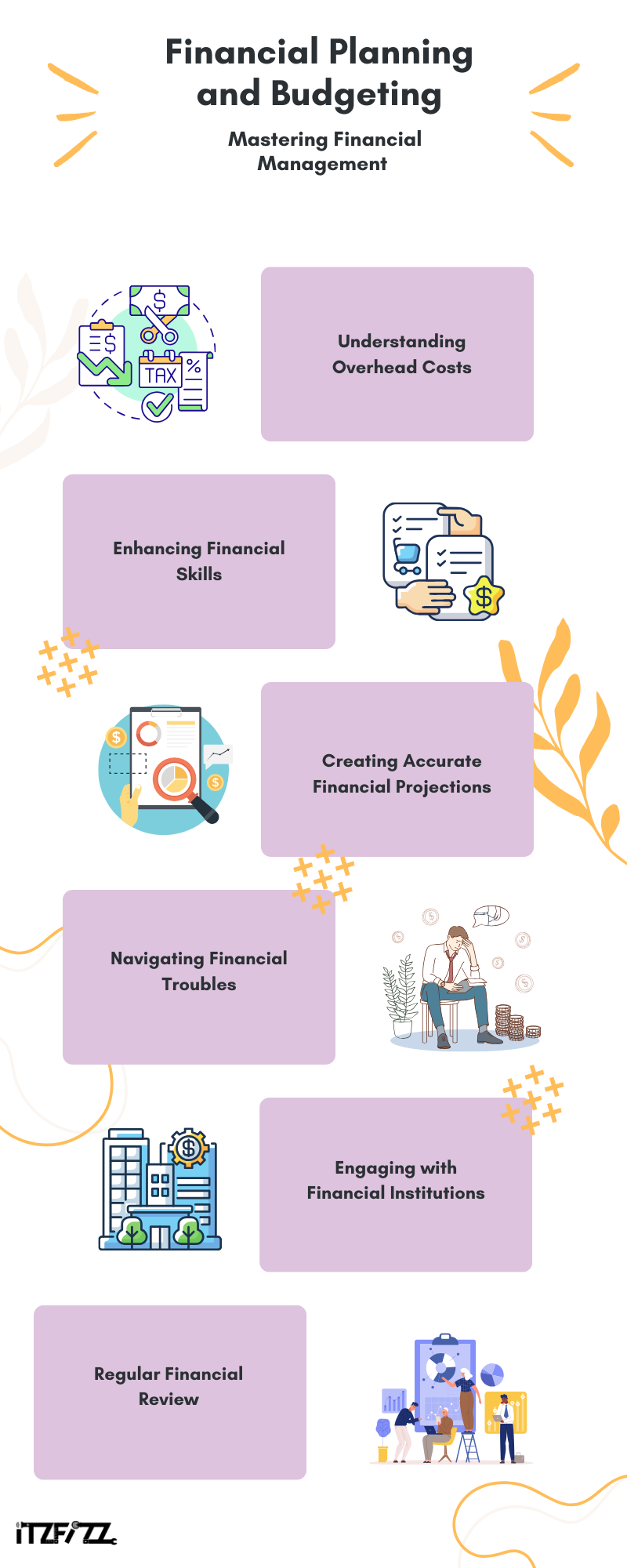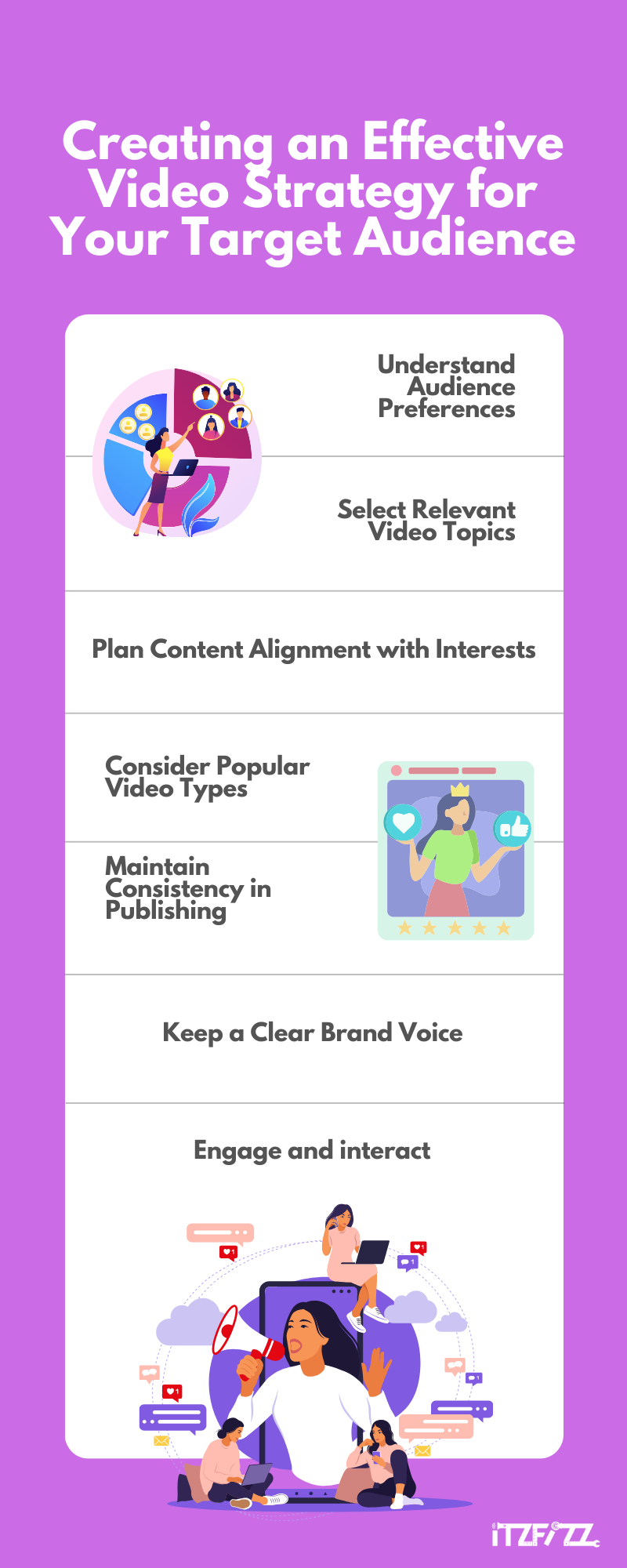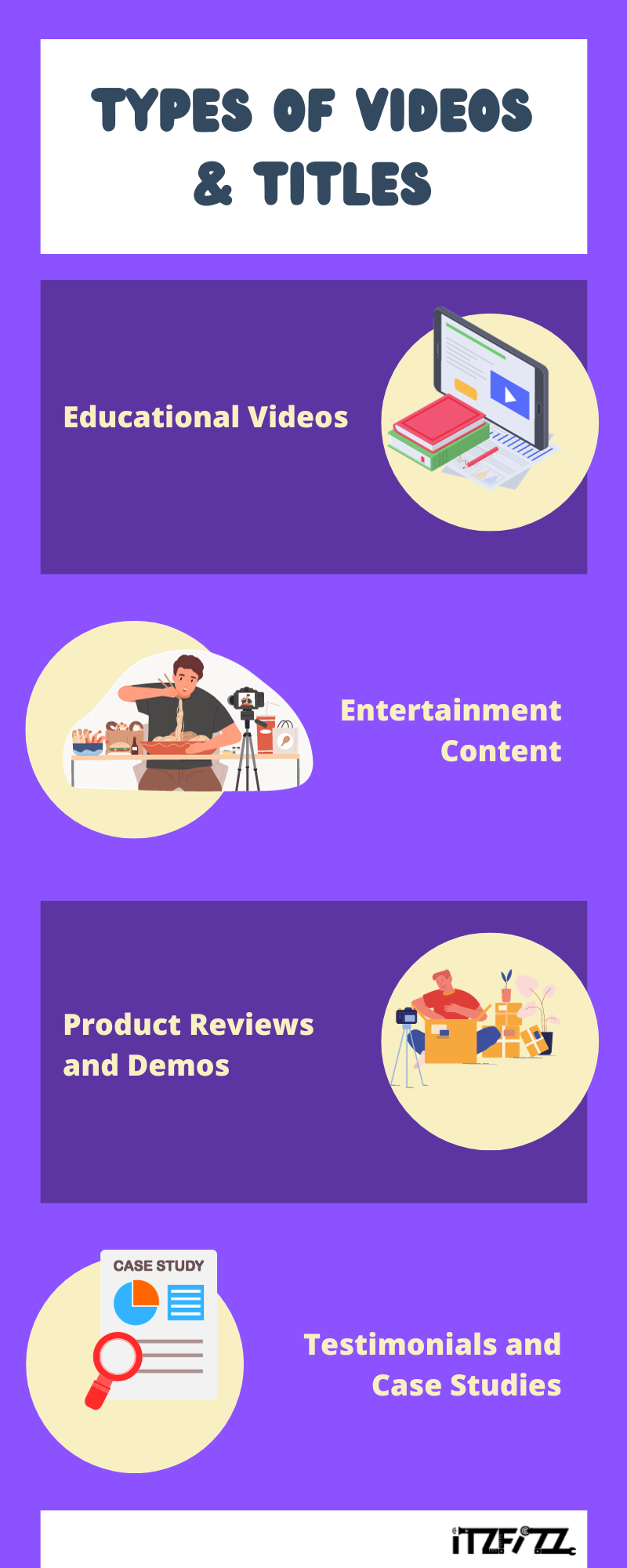Table of Contents
Introduction to Digital Marketing
Digital marketing has become an essential element for organisations seeking to prosper online in an era where the digital landscape is continuously developing. But exactly what is digital marketing? The use of digital channels, platforms, and technology to promote and sell items or services is at the heart of digital marketing. It includes a wide range of actions that use the internet and electronic gadgets to link brands with potential and existing customers.
The appealing factor of digital marketing is its flexibility and reach. With over 4.5 billion internet users worldwide, the potential audience for digital marketing initiatives is huge and diversified.
As we continue on this path, keep in mind that combining 12 types of digital marketing can result in a more comprehensive and successful marketing approach. Each type has its own set of benefits, and when combined, they can have a combined impact that boosts your total marketing efforts.
Stay tuned as we delve into the fascinating and diverse realm of digital marketing!
12 Types of Digital Marketing
Pay-Per-Click (PPC) Advertising
One of the most dynamic and measurable forms of digital marketing is Pay-Per-Click (PPC) Advertising.
PPC is an Internet marketing strategy in which marketers pay a fee each time one of their advertisements is clicked. It is simply a means of acquiring people to your website rather than attempting to “earn” those views naturally.
What Makes PPC Unique?
- Immediate Results: Unlike organic tactics such as SEO, PPC can bring traffic to your website nearly immediately after you set up your campaign.
- Targeted Reach: PPC systems such as Google Ads and Bing Ads provide sophisticated targeting capabilities. Advertisers can target audiences based on demographics, interests, geography, and even device type.
- Budget-friendly: With PPC, you have complete financial control. You can start modestly and gradually raise your investment as you notice benefits.
- Measurable ROI: PPC campaigns provide precise measures for calculating return on investment (ROI). You can track clicks, conversions, and ad spending to better understand the performance of your campaigns.
Best Practices for a Successful PPC Campaign
-Keyword Research: Conduct thorough keyword research to ensure your ads show up for the right searches. Tools like Google Keyword Planner can be incredibly helpful.
– Landing Page Optimization: Ensure your landing pages are optimised for conversions. The landing page should match the promise made in the ad to ensure a cohesive user experience.
– Continuous Testing and Optimization: Regularly test different elements of your PPC campaigns, such as ad copy, landing pages, and call-to-action buttons, to optimise performance.
Challenges to Keep in Mind
While PPC can be extremely effective, it requires effective management. The digital advertising landscape is competitive, and ad costs can escalate quickly if not managed properly. Additionally, creating compelling ad copy and optimising landing pages is crucial for the success of your PPC campaigns.
In conclusion, PPC advertising offers a fast, flexible, and measurable way to reach your target audience. When executed correctly, it can be a powerful component of your digital marketing strategy, driving significant organic traffic and conversions to your website.
Social Media Marketing (SMM)
Social Media Marketing (SMM) harnesses the power of social media channels to promote products or services. This form of digital marketing creates a space for businesses to engage with their audience, build communities, and increase brand awareness.
Key Aspects of SMM:
- Engagement: SMM is all about interaction. Engaging content can spark conversations, increase shares, and build brand loyalty.
2. Platform Diversity: Each platform, like Facebook, Instagram, or LinkedIn, serves different audiences and purposes. Tailoring content to each platform is extremely Important.
3. Influencer Collaborations: Partnering with influencers can amplify your reach and lend credibility to your brand.
Best Practices:
– Consistent Brand Voice: Maintain a consistent tone across all posts and interactions.
– Analytics Tracking: Use social media analytics to track engagement and adjust strategies accordingly.
– Responsive Interaction: Answering comments and messages allows you to interact with your audience.
Search Engine Optimization (SEO)
Search Engine Optimization (SEO) improves the visibility of a website in search engine results. This organic approach is fundamental to digital marketing, driving long-term results.
SEO Highlights:
- Keyword Optimization: Keyword research and incorporation are critical for search visibility.
2. Content Quality: High-quality, relevant content is favoured by search engines and users alike.
3. Technical SEO: Website speed, mobile friendliness, and structured data all play important roles in technical SEO.
Best Practices:
– Regular Content Updates: Regular content updates and blog articles will keep your website fresh.
– Backlink Building: Earn quality backlinks from reputable sites to enhance authority.
– On-Page Optimization: Optimise meta tags, images, and headings for better search engine crawling.
Content Marketing
Content creation and distribution are part of content marketing. This involves creating valuable, relevant content and sharing it to attract and retain a clearly defined audience.
Focus Areas:
- Diverse Formats: Blogs, infographics, ebooks, and videos catering to different audience preferences.
2. Value and Relevance: Content should educate, entertain, or solve problems for the audience.
3. Distribution Channels: Utilise various channels like email, social media, and websites for distribution.
Best Practices:
– Consistent Publishing Schedule: Maintain a regular schedule for publishing new content.
– SEO Integration: Integrate SEO best practices to enhance content visibility.
– Audience Engagement: Encourage and respond to comments and feedback.
- Email Marketing
Email Marketing is a powerful tool for nurturing leads and building customer loyalty. It involves sending personalised, targeted messages to a list of subscribers to achieve marketing goals.
Key Features:
- Personalization: Tailored content based on subscriber data increases engagement.
2. Segmentation: Dividing your email list into segments allows for more targeted messaging.
3. Measurable Results: Open rates, click-through rates, and conversions are easily trackable.
Best Practices:
– Engaging Subject Lines: Craft subject lines that entice readers to open the email.
– Mobile Optimization: Ensure emails are mobile-friendly.
– Clear Call-to-Action: Include a clear, compelling call-to-action in each email.
Digital Advertising
Digital Advertising involves the use of online platforms to promote products or services. It spans various formats like banner ads, display ads, and native ads.
Advantages:
- Wide Reach: Digital ads can reach a vast audience across different platforms.
2. Targeted Campaigns: Ads can be targeted based on demographics, interests, and behaviour.
3. Real-Time Analytics: Instant feedback on ad performance allows for quick adjustments.
Best Practices:
– A/B Testing: Test different ad versions to see what resonates best with your audience.
– Visual Appeal: To attract attention, use high-quality images and videos. – Clear Messaging: Convey your message concisely and clearly.
Mobile Marketing
Mobile Marketing targets users on mobile devices through SMS, apps, and responsive web design. It’s essential due to the increasing use of smartphones.
Key Strategies:
- SMS Campaigns: Text messaging for direct communication.
2. Mobile Apps: Apps can offer personalised experiences and functionalities.
3. Responsive Design: Websites should be optimised for mobile viewing.
Best Practices:
– User Experience: Ensure a seamless and intuitive mobile user experience.
– Location-Based Marketing: Utilise GPS technology for localised promotions.
– Consent and Privacy: Always respect user consent and privacy in mobile campaigns.
Video Marketing
Video Marketing involves using video content to promote or market your brand, product, or service. It’s an effective way to engage audiences and convey complex information easily.YouTube marketing is a primary example of this.
Importance:
- Higher Engagement: Videos can increase engagement and time spent on pages.
2. Versatility: Use videos for product demos, testimonials, or storytelling.
3. SEO Benefits: Videos can improve search engine rankings.
Best Practices:
– Storytelling: Focus on storytelling rather than overselling.
– Quality Production: Invest in good production quality for a professional look.
– Call-to-Action : Include a clear call-to-action in your videos.
Influencer Marketing
Influencer Marketing makes use of persons who have a large internet following to sell businesses or services, It builds credibility and extends reach.
Key Elements:
- Authentic Partnerships: Collaborate with influencers whose followers align with your target audience.
2. Creative Freedom: Allow influencers creative freedom to maintain authenticity.
3. Trackable Metrics: Use metrics like engagement rates to measure campaign success.
Best Practices:
– Clear Agreements: Set clear expectations and agreements with influencers.
– Diverse Influencers: Partner with a range of influencers to reach different audiences.
– Transparency: Ensure transparency in sponsored content for trust and legal compliance.
Audio Marketing
Audio Marketing involves using sound-based content like podcasts, audiobooks, and voice search optimisation. It’s a growing field with the rise of voice-activated devices.
Advantages:
- Accessibility: Audio content is accessible and convenient for on-the-go consumption.
2. Personal Touch: Audio can create a sense of intimacy and connection.
3. Voice Search Optimization: Optimise for voice search to improve visibility.
Best Practices:
– Consistent Quality: Maintain high audio quality and consistent production values.
– Engaging Content: Create content that is informative, entertaining, or both.
– Strategic Distribution: Distribute your audio content across multiple platforms.
Virtual Reality Marketing
Virtual Reality Marketing uses VR technology to create immersive experiences for marketing purposes. It offers unique ways to engage and wow customers.
Benefits:
- Immersive Experience: VR creates a deeply engaging, immersive user experience.
2. Innovative Branding: It’s a powerful tool for innovative, memorable branding.
3. Interactive Demos: Use VR for product demonstrations and virtual tours.
Best Practices:
– User-Centric Design: Focus on creating user-friendly and enjoyable VR experiences.
– Innovative Content: Use VR to offer something unique and memorable.
– Cross-Platform Integration: Integrate VR experiences with other digital marketing efforts.
Public Relations (PR) in Digital Marketing
Digital PR is managing an online brand and reputation via digital means. It’s about building brand awareness and a positive image online
Key Tactics:
- Online Press Releases: Distribute press releases to online platforms and news sites.
2. Social Media Management: Use social media for storytelling in branding and online reputation management.
3. Influencer Collaborations: Collaborate with influencers for wider reach and credibility.
Best Practices:
– Engaging Content: Create valuable content that is newsworthy and shareable.
– Crisis Management: Be prepared for online crisis management with a solid plan.
– Consistent Messaging: Maintain consistent messaging across all digital channels.
Tools to Measure the Effectiveness of a Marketing Campaign
In the digital marketing world, measuring the effectiveness of your campaigns is crucial for understanding their impact and guiding future strategies. Fortunately, a wide range of tools is available to help marketers track performance and gain valuable insights. Here, we explore some key tools that can be instrumental in evaluating the success of your digital marketing efforts.
Google Analytics
Google Analytics is the most widely used tool for measuring website traffic and user behaviour. It provides detailed insights into how users interact with your website, including:
– Traffic Sources: Understand where your traffic comes from (organic search, PPC, social media, etc.).
– User Behaviour: Track how users navigate through your site, what pages they visit, and how long they stay.
– Conversions: Set up and monitor goals to track conversions and evaluate the effectiveness of your campaigns.
Social Media Analytics
Each social media platform comes with its built-in analytics tool (e.g., Facebook Insights, Twitter Analytics). These tools offer valuable data on:
– Engagement Rates: Monitor the number of likes, comments, shares, and overall involvement with your postings.
– Audience Demographics: Gain insights into the demographics of your followers and engage them more effectively.
– Reach and Impressions: Measure how far your social media posts are reaching and how many times they are seen.
Email Marketing Tools
Email marketing platforms like Mailchimp or Constant Contact offer analytics features to track:
– Open Rates: See how many recipients are opening your emails.
– Click-Through Rates (CTR): Measure the effectiveness of your email content by tracking how many people click on the links within your emails.
– Conversion Rates: Track how many recipients are taking the desired action (e.g., making a purchase).
SEO Tools
SEO tools like SEMrush, Moz, or Ahrefs are essential for tracking your website’s performance in search engines. They help with:
– Keyword Rankings: Monitor how your site ranks for key terms.
– Backlink Analysis: Track the quantity and quality of backlinks to your website.
– Site Audits: Identify technical SEO issues that may be affecting your site’s performance.
PPC Analytics
Platforms like Google Ads and Bing Ads offer in-depth analytics for PPC campaigns, including:
– Clicks and Impressions: Measure the number of clicks your ads receive and how often they are displayed.
– Cost-Per-Click (CPC): Track the average cost for each ad click.
– Conversion Tracking: Understand how many clicks lead to conversions, such as sales or leads.
Heat Mapping Tools
Tools like Hotjar or Crazy Egg provide heat maps that show where users are clicking on your website, how they scroll, and what they are interacting with, giving insights into user behaviour and experience.
The Future of Digital Marketing
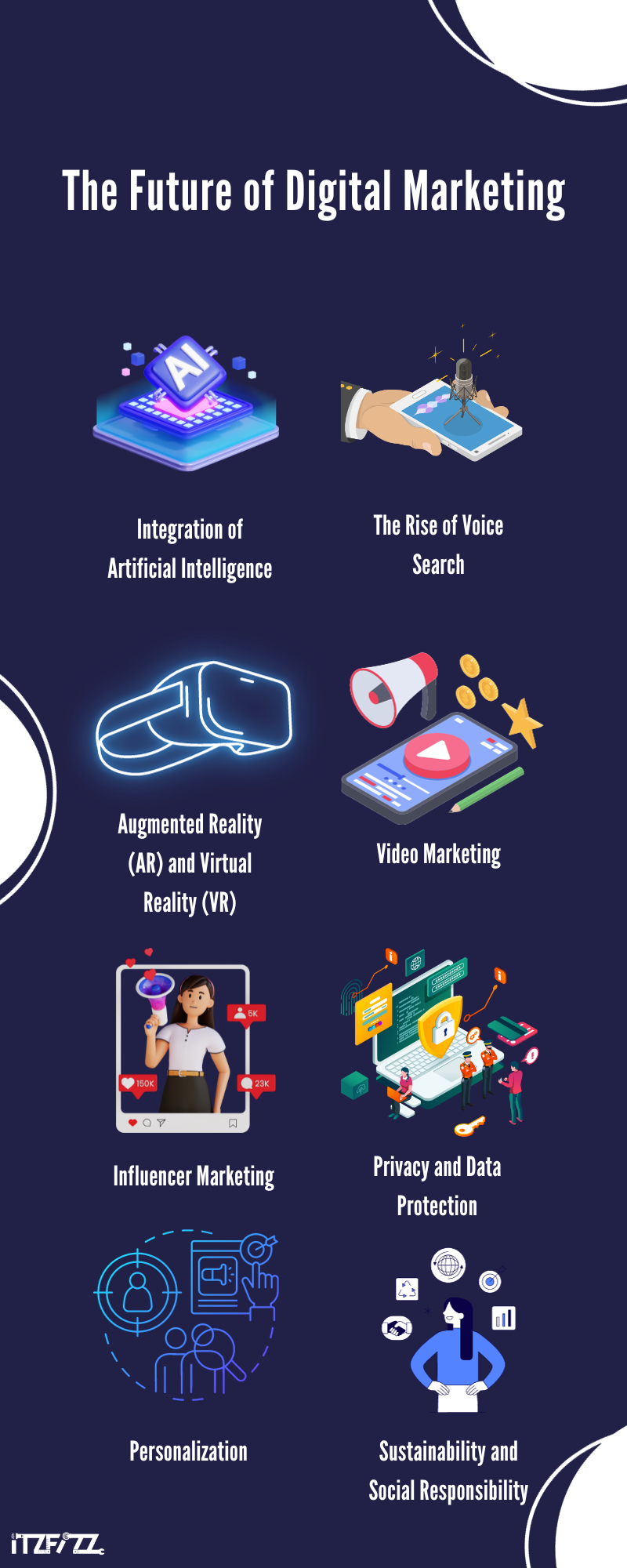
As we navigate through an ever-evolving digital landscape, it’s important to anticipate and prepare for future trends in digital marketing. Staying ahead of the curve can give businesses a competitive edge. Here, we explore some key trends and developments that are shaping the future of digital marketing.
- Integration of Artificial Intelligence
Artificial Intelligence (AI) is set to revolutionise digital marketing. From personalised customer experiences to automated content creation and data analysis, AI’s capabilities are vast. AI can help businesses understand consumer behaviour and search patterns, using data from social media platforms and blog posts to help businesses understand how customers find their products and services.
- The Rise of Voice Search
With the increasing use of voice-activated devices like Alexa and Google Home, voice search optimization will become more important. Brands will need to adapt their SEO strategies to include conversational voice search queries and focus on more natural language patterns.
- Augmented Reality (AR) and Virtual Reality (VR)
AR and VR offer immersive experiences, taking customer engagement to a new level. These technologies can be used for virtual try-ons, immersive advertisements, or to enhance the online shopping experience, making it more interactive and realistic.
- Video Marketing
Video marketing is likely to dominate the digital space. With the rise of platforms like TikTok and the increasing popularity of high-quality content on Instagram and Facebook, brands will need to focus more on video content to engage their audience effectively.
- Influencer Marketing
Influencer marketing will continue to grow but with a shift towards micro-influencers. Brands are likely to partner with influencers who have smaller, but more engaged and niche audiences, for more authentic and effective partnerships.
- Privacy and Data Protection
With increasing concerns over data privacy and protection, digital marketers will need to navigate new regulations and consumer expectations. This will involve more transparent data practices and potentially, a shift towards first-party data collection.
- Personalization
Personalization will become even more critical. Consumers expect brands to provide personalised experiences. This can range from personalised emails to customised product recommendations on e-commerce sites.
- Sustainability and Social Responsibility
Customers are becoming more aware of the ethical and ecological impacts of their purchases. Brands must communicate their commitment to sustainability and social responsibility in modern marketing.
Conclusion
We’ve looked at 12 types of digital marketing, each with its own set of benefits for organisations. Opportunities abound, from the immediacy of Pay-Per-Click to immersive Virtual Reality experiences. We’ve delved into essential tools for measuring campaign effectiveness and optimising campaigns. In the future, AI, voice search, and sustainability will reshape plans.
Digital marketing is more than just platforms; it’s about telling stories, employing data-driven insights, and remaining adaptable. Whether experienced or inexperienced, success lies in embracing these elements. The evolution of digital marketing is crucial to its core.
As marketers, our challenge is to learn, adapt, and innovate to create campaigns that are not only effective but also resonate in our ever-connected world.


